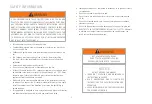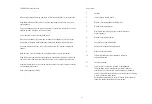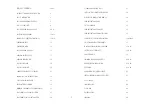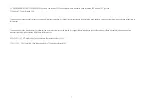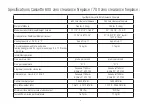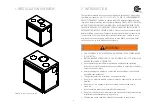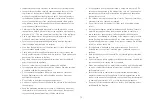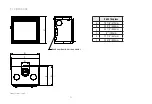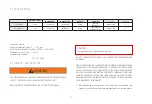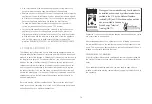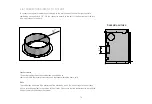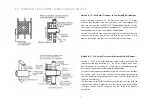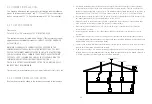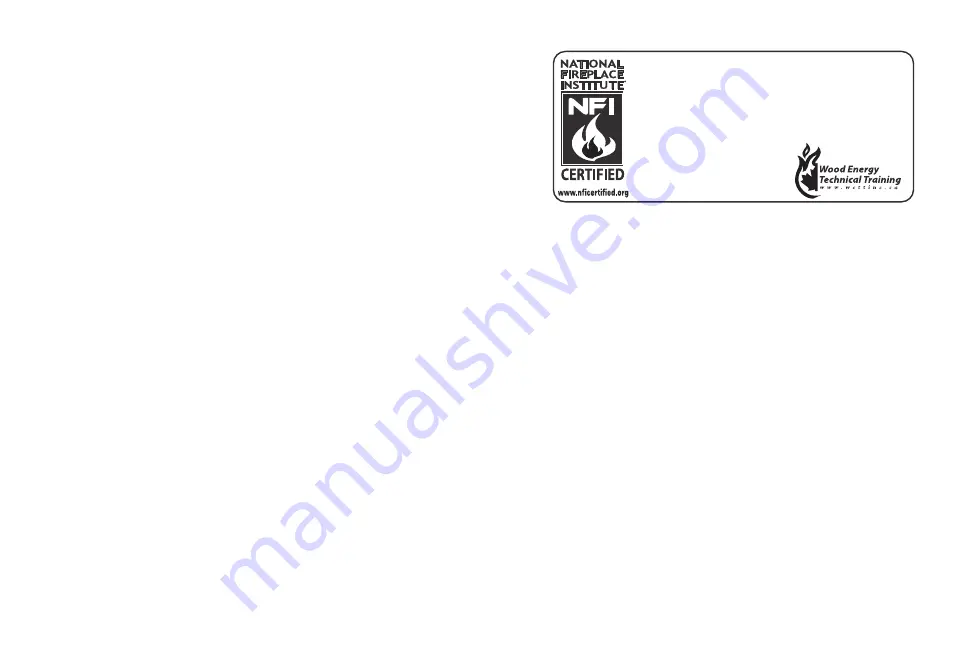
16
We suggest that our woodburning hearth products
be installed and serviced by professionals who are
certified in the U.S. by the National Fireplace
Institute® (NFI) as NFI Woodburning Specialists or
who are certified in Canada by
Wood Energy Technical
Training (WETT).
• Non-toxic smoke will be emitted during the paint curing process, to
help dissipate the smoke open a window near the appliance.
• Remove any dust or debris off the top of the appliance before firing the
appliance as the paint will become soft as the appliance heats up and
will harden as the appliance cures. To cure the paint on your appliance
burn your appliance moderately hot during the first few fires.
• To keep the gasket from sticking to the appliance as the paint is
curing, periodically open the door every 5-10 minutes.
• For the first two weeks use generous amounts of fuel and burn the
appliance for an hour as the appliance goes through a process of
eliminating moisture in the steel and firebricks. The initial heat output
will be reduced while the moisture is bring drawn from the appliance
and it will be necessary to build several hot fires to remove this
moisture. DURING THIS PROCESS DO NOT OVERFIRE THE APPLIANCE.
2.5 GENERAL INFORMATION
The chimney vent system used on your wood burning appliance should be
designed with the least amount of restriction possible to enable the exhaust
products to easily flow through it. Chimney vent systems that are too short or
too long (refer to point 4.3 ”chimney installation”) can also have an adverse
affect on the flow of exhaust through it. The wood burning appliance and
chimney vent system also require a sufficient supply of combustion air not
only to support the combustion in the combustion chamber but to replace
the exhaust leaving it so it can flow freely up through the vent system and
out into the atmosphere. It is the correct balance of combustion air and the
chimney vent system that will ensure the appliance provides you with its
optimum performance.
Be sure to provide sufficient combustion air. There are many other appli-
ances in your home competing for air such as a kitchen range hood, forced
air heating devices or a bathroom exhaust fan.
Expansion / contraction noises during heating up and cooling down cycles
are normal and to be expected.
After extended periods of non-operation such as following a vacation or
a warm weather season, the appliance may emit a slight odour for a few
hours. This is caused by dust particles on the firebox burning off. Open a
window to sufficiently ventilate the room.
CALIFORNIA PROP 65 WARNING:
Use of this product may produce smoke which contains chemicals known to
the State of California to cause cancer, birth defects, or other reproductive
harm.
If you experience smoking problems, you may need to open a door, a
window or otherwise provide some method of supplying combustion air to
the appliance.
Summary of Contents for M 700 INSERT
Page 40: ...40...
Page 56: ...56 10 6 FOR YOUR INFORMATION...
Page 57: ...57 10 6 FOR YOUR INFORMATION...
Page 58: ...58 10 6 FOR YOUR INFORMATION...


